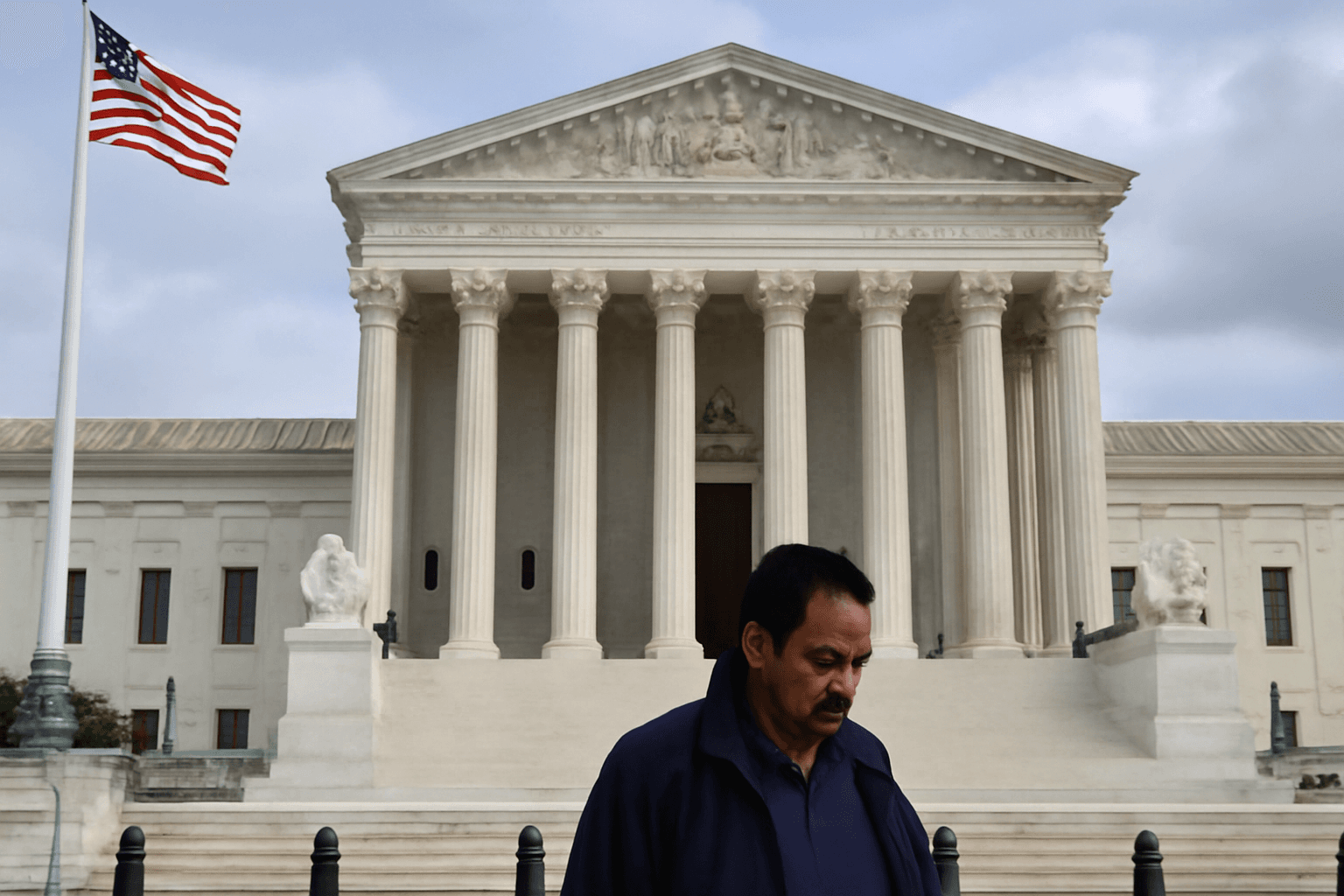US Immigration Moves to Deport Man After Four Decades of Residency
In a case sparking widespread concern and debates about immigration policy, a man who has lived in the United States for over 40 years faces the possibility of deportation—not to his country of birth, Iran, but to Australia. This unusual scenario has raised critical questions about US immigration law, the right to residency, and the humanitarian implications of removing long-term residents.
The Complex Backstory
The individual, originally born in Iran, reportedly migrated to Australia before eventually settling in the United States nearly half a century ago. Despite his lengthy residence in the US, immigration authorities have initiated proceedings that could lead to his deportation to Australia, a country that he reportedly left several decades ago.
This situation is perplexing under conventional immigration frameworks, which typically involve removal to one’s country of origin or a country of citizenship. Deporting a long-term immigrant to a third country introduces multifaceted legal and ethical challenges that merit deeper scrutiny.
Legal and Policy Implications
- Precedent and Due Process: Cases like these highlight gaps in immigration enforcement where individuals with complex migration histories fall through the cracks, potentially facing outcomes that contradict principles of fairness and due process.
- Humanitarian Concerns: After four decades contributing to American society, disrupting the life of a longtime resident can have significant social and psychological consequences, not just for the individual but for their family and community network.
- Diplomatic Dimensions: Deporting someone to a country they left decades ago could strain diplomatic relations and underscores the need for comprehensive dialogue between nations on shared immigration matters.
Expert Perspectives
Immigration law experts emphasize that this case exemplifies the complexity of modern migration patterns. Professor Jane Collins, a specialist in immigration policy at Georgetown University, notes, "This case challenges the traditional assumptions about deportation destinations and highlights the urgent need for updated frameworks that recognize long-term residency as a critical factor in deportation proceedings."
Furthermore, human rights advocates argue that immigration systems must account for the lived realities of migrants, including community ties and contributions to local economies, when making decisions that disrupt lives.
Underreported Questions
While media coverage has broadly noted the deportation threat, key questions remain understudied:
- What legal mechanisms allow or restrict deportation to a third country?
- How do immigration authorities weigh an individual’s length of residence and integration when considering removal?
- What support systems exist for individuals facing deportation to countries where they no longer have meaningful ties?
Answers to these questions could inform future policy reforms that better reflect the realities of migration in an increasingly interconnected world.
Looking Ahead
This case is a potent reminder of the human stories behind immigration statistics. It underscores the delicate balance between enforcing laws and honoring the dignity and history of individuals who have made the United States their home for decades.
As immigration debates continue to evolve in the US, policymakers, advocates, and communities must engage in nuanced conversations that transcend legal technicalities and embrace the full humanity of those affected.
Editor’s Note:
The looming deportation of a man who has called the US home for over 40 years raises vital questions about fairness, legal interpretation, and compassion within American immigration law. What does it mean for a country to balance its borders while honoring the deep ties residents build? This story invites readers to reflect on the evolving identity of immigration in the 21st century and the human faces behind policy decisions.



















